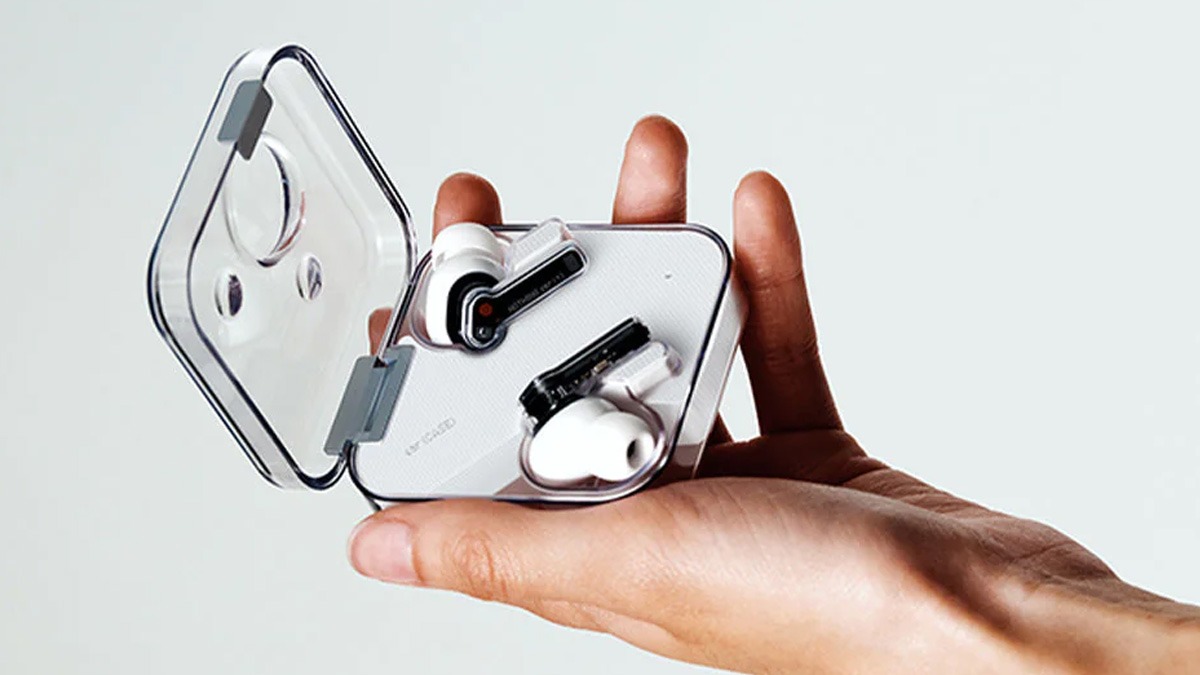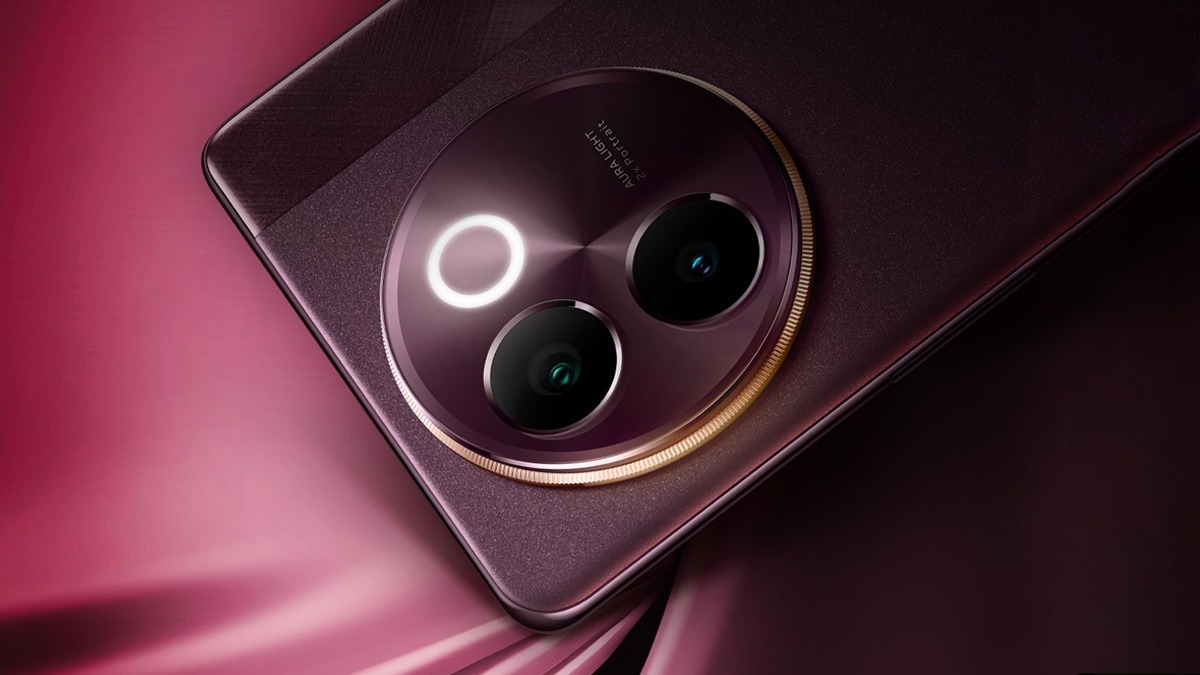Just In
- 42 min ago

- 1 hr ago

- 2 hrs ago

- 2 hrs ago

Don't Miss
- Movies
 Met Gala 2024: Date, Theme, Guestlist & More; HERE's Everything To Know About The Biggest Fashion Event
Met Gala 2024: Date, Theme, Guestlist & More; HERE's Everything To Know About The Biggest Fashion Event - News
 Virat Kohli's Controversial Dismissal Sparks Row; Watch Video Here
Virat Kohli's Controversial Dismissal Sparks Row; Watch Video Here - Finance
 How To Generate Monthly Income From Mutual Fund SWP: Quick Guide
How To Generate Monthly Income From Mutual Fund SWP: Quick Guide - Sports
 IPL 2024: 'The Game is almost unrecognizable' - KKR coach Ryan Ten Doeschate opens up on Impact Player Rule in IPL
IPL 2024: 'The Game is almost unrecognizable' - KKR coach Ryan Ten Doeschate opens up on Impact Player Rule in IPL - Lifestyle
 Suhana Khan Serves Chic Style Goals From Her Milan Vacay, Tips To Get Your Holiday Fashion Right!
Suhana Khan Serves Chic Style Goals From Her Milan Vacay, Tips To Get Your Holiday Fashion Right! - Automobiles
 Toyota Fortuner Leader Edition Revealed – Comes With More Practical Enhancements
Toyota Fortuner Leader Edition Revealed – Comes With More Practical Enhancements - Education
 AP SSC Results 2024 Declared On April 22, Check Details Here
AP SSC Results 2024 Declared On April 22, Check Details Here - Travel
 Journey From Delhi To Ooty: Top Transport Options And Attractions
Journey From Delhi To Ooty: Top Transport Options And Attractions
NASA Releases Footage Of Successful Spacewalk On ISS

NASA has shared videos of the successful spacewalk performed by astronauts Josh Cassada and Frank Rubio aboard the International Space Station (ISS) on December 22. The walk was delayed by a day after rocket debris was spotted near the orbital outpost. It prompted controllers on Earth to maneuver the station to a safer zone.
Both astronauts performed their third spacewalk, spending seven hours and eight minutes outside the ISS. The pair finished the main tasks such as installing an ISS Roll-Out Solar Array (iROSA) on the 4A power channel placed on the port truss.
About an hour into the spacewalk, Cassada is working to release the anti-rotation devices on the iROSA that are holding it in place. Rubio is securing power cables that will be connected once the iROSA is in place and making sure the soft-capture system is ready for its arrival. pic.twitter.com/5l4hnbjggL
— International Space Station (@Space_Station) December 22, 2022
Astronauts Install iROSA On ISS
The new solar array will amplify ISS’ power generation ability by around 30%, boosting the station’s total available power from 160 kilowatts to up to 2115 kilowatts. NASA also live-streamed the whole spacewalk, including footage from different cameras, audio from astronauts and on-ground controllers, and a commentary to allow viewers to understand everything that’s happening.
About an hour into the spacewalk, Cassada is working to release the anti-rotation devices on the iROSA that are holding it in place. Rubio is securing power cables that will be connected once the iROSA is in place and making sure the soft-capture system is ready for its arrival. pic.twitter.com/5l4hnbjggL
— International Space Station (@Space_Station) December 22, 2022
NASA also released some short videos on Twitter that show the astronauts performing spacewalks 250 miles above Earth.
A new solar array, just installed by astronauts Josh Cassada and Frank Rubio, is now being unrolled outside the @Space_Station. This is the fourth of six new solar arrays planned for the station, which will increase its power generation capability by 30% once complete. pic.twitter.com/v6Oad5aV0P
— NASA (@NASA) December 22, 2022
The latest spacewalk came at a tough time for the space station after a docked Soyuz spacecraft leaked coolant into outer space. Engineers are working hard to understand if the spacecraft is good to ferry back astronauts to Earth in March.
What Caused The Leak?
After a recent inspection carried out by engineers using the Canadarm2, a long manipulator arm attached to the outside of the space laboratory, provided information on a 0.8-millimeter hole that might have been the reason behind the leak, as reported by Russian state-owned media network TASS.
As per the officials, micrometeorites were to be blamed for the damage, however, the plan for bringing back astronauts home is yet to be put in place. Roscosmos head Yury Borisov called it a "not very pleasant" situation, but denied that the spacecraft reached 122 degrees Fahrenheit of temperatures, TASS reported.
The Russian space agency also said that the Soyuz capsule’s habitation module is currently at 86 degrees Fahrenheit, while its equipment compartment is at 104 degrees. Roscosmos also claimed that the temperatures align with the acceptable limits for cosmonauts to come aboard the spacecraft.
-
99,999
-
1,29,999
-
69,999
-
41,999
-
64,999
-
99,999
-
29,999
-
63,999
-
39,999
-
1,56,900
-
79,900
-
1,39,900
-
1,29,900
-
65,900
-
1,56,900
-
1,30,990
-
76,990
-
16,499
-
30,700
-
12,999
-
26,634
-
18,800
-
62,425
-
1,15,909
-
93,635
-
75,804
-
9,999
-
11,999
-
3,999
-
2,500












































